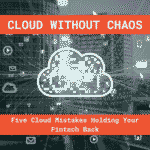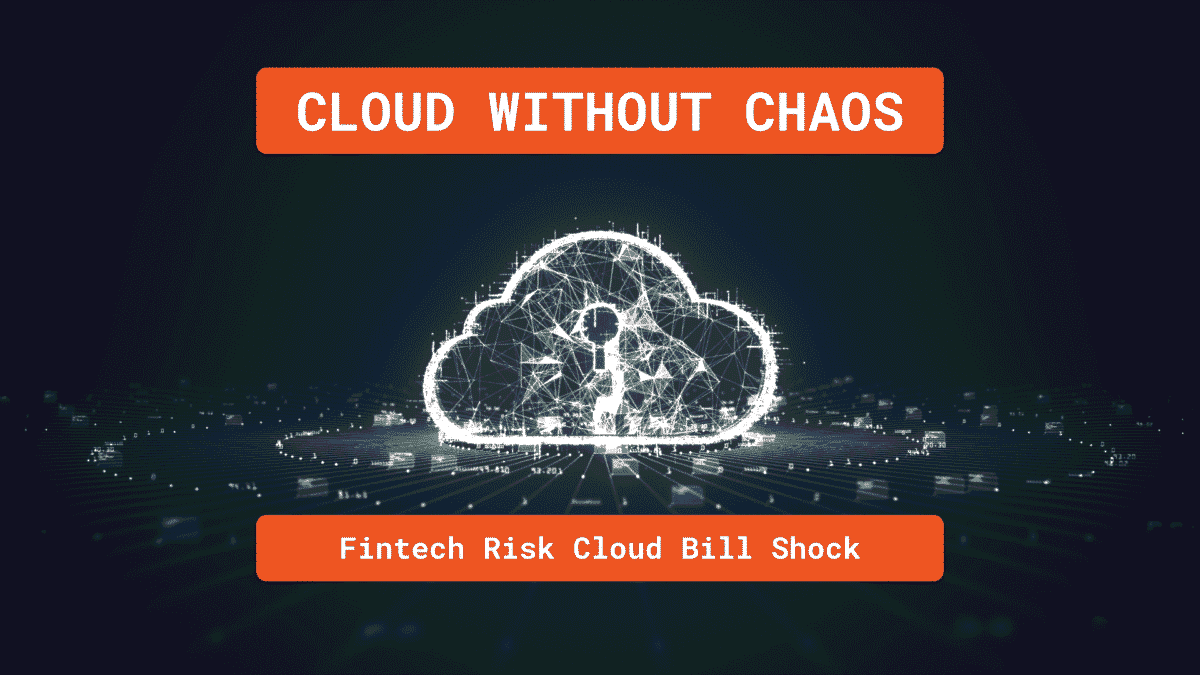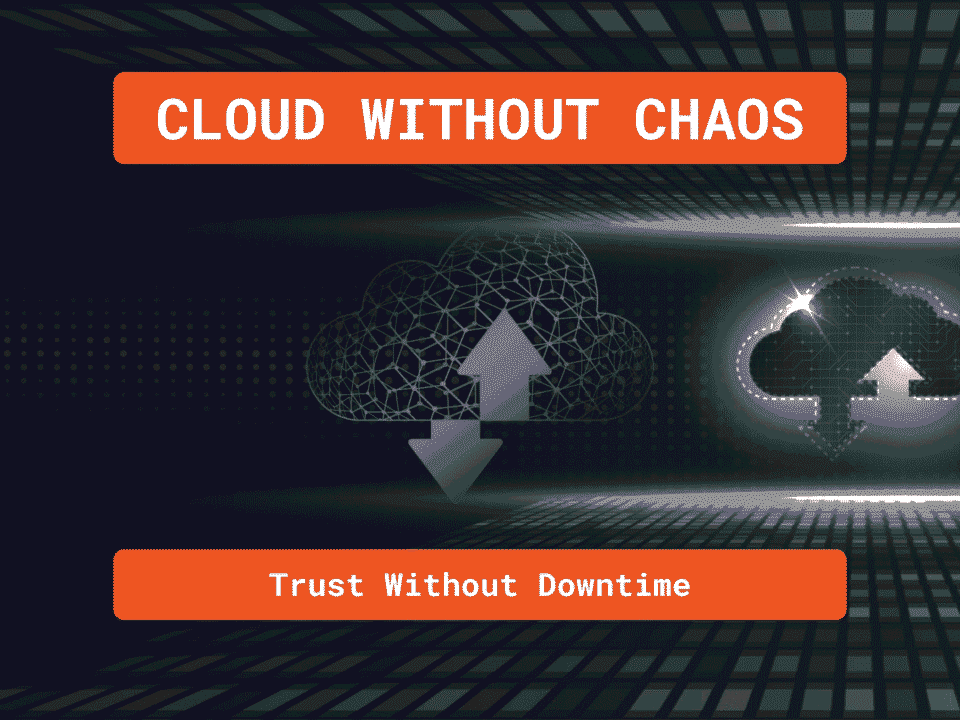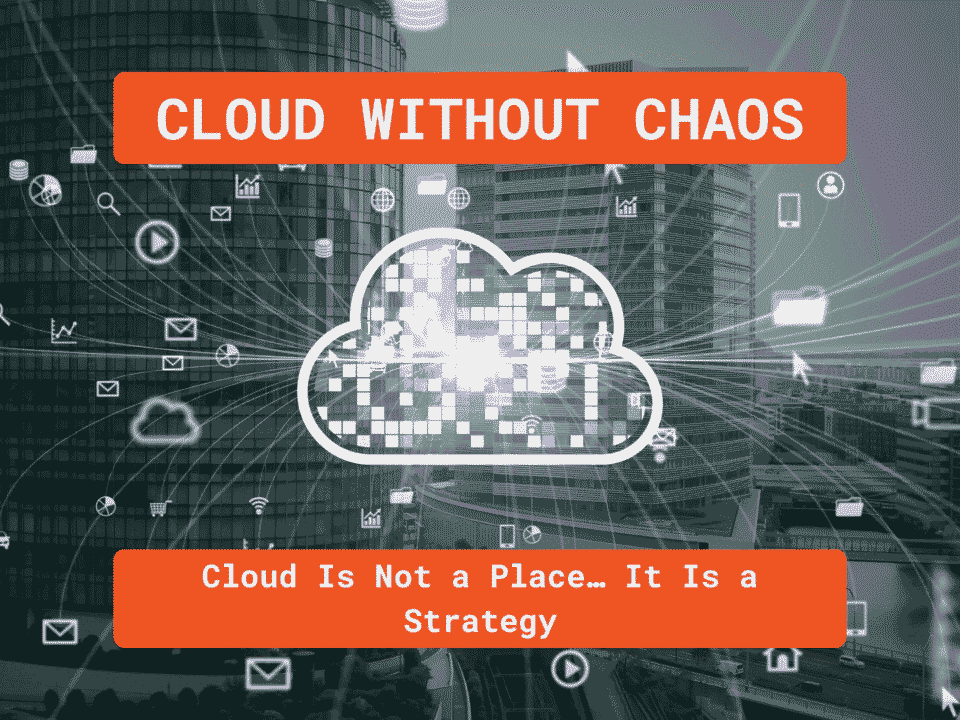
Five Cloud Mistakes
August 1, 2025
Fintech Cloud Cost Strategy
September 13, 2025Fintech Risk Cloud Bill Shock
Fintechs face unexpected cloud costs when they migrate to the cloud without a robust strategy, a fintechs cloud bill shock. The promise of agility and ability to expand can quickly turn into a nightmare of unplanned for cloud costs, cloud overspending, and cloud invoice surprises if the right foundations aren’t in place.
In a recent TechCentral podcast, Donovan Mulder, CEO of KineticSkunk™, shared lessons from guiding South African fintechs through cloud migration and modernisation. Here’s what every fintech leader needs to know to avoid cloud bill shock and build a resilient, cost effective cloud environment.
So let’s dive in or……..
Fintech cloud bill shock, when Should Fintechs Engage a Cloud Specialist?
Short answer: Engage a cloud expert before scaling beyond MVP. Early guidance ensures your cloud architecture is built for scalability, compliance, and cost transparency, saving you from expensive retrofits and surprise bills down the line.
What Causes Ballooning Cloud Costs for Fintechs?
Common mistakes include:
- Ignoring AWS savings plans: Missing out on discounts of up to 72%.
- Over-provisioning: Sizing for peak load, never setting the right size.
- Zombie assets: Idle resources (unused storage, unused IPs) quietly racking up charges.
- No tagging strategy: Making it impossible to track spend by product or team.
Why Developers Shouldn’t Double as Cloud Architects
Startups often blur roles to save money, but this is risky. Developers focus on features; cloud engineers focus on reliability, cost control, and compliance. Mixing the two leads to fragile, expensive infrastructure that won’t scale.
Do Infrastructure Gaps Create Security Risks?
Absolutely. Misconfigured firewalls, unpatched software, and missing CI/CD controls open the door to cyber threats. With regulations like the Software Bill of Materials (SBOM) already a must have in Europe, and likely coming to South Africa, ahead of the curve security and compliance are required.
What AWS Tools Help Fintechs Optimise Cloud Costs?
- AWS Cost Explorer: Visualise spend trends.
- AWS Budgets: Set alerts before going over budget.
- AWS Trusted Advisor: Get cost, security, and performance recommendations.
- AWS Compute Optimizer: Machine learning driven sizing.
- AWS Savings Plans & AWS Spot Instances: Unlock discounts of up to 90%.
Can AWS Support Regulatory Compliance?
Yes. AWS offers:
- AWS Artifact: Access compliance reports.
- AWS Config: Rule-based resource checks.
- AWS Security Hub: Centralised compliance dash boards.
- AWS Audit Manager: Automated evidence collection.
These tools help fintechs align with POPIA, FSCA, and FICA requirements.
Why Not Just DIY with AWS Tools?
Tools are only as good as their configuration. Local expertise ensures your cloud setup aligns with South African compliance and industry needs. A trusted partner like KineticSkunk™ ensures tools are used for real value, not just turned on.
How Does KineticSkunk™ Help Fintechs Manage Employee Churn?
We document everything. Our approach ensures cloud architectures are fully documented and movable, making new hires getting started easy. Managed services with SLAs and SLOs almost guarantee ongoing business, even when internal skills leave.
Real Success Stories: Fintech Cloud Optimisation
We’ve helped fintechs:
- Cut cloud spend by 30 to 40% through fine tuning.
- Seamlessly migrate from Azure to AWS with zero impact to business.
- Modernise legacy infrastructure with micro services and Kubernetes.
- Support large number of transactions for telcos and online retial.
Three Must-Do Actions Before Your Next Cloud Bill
- Right-size resources: Scale to real demand, not hyped peaks.
- Adopt a tagging strategy: Make every Rand of cloud spend visible.
- Use AWS savings mechanisms: Commit where it makes sense and unlock discounts.
Final Word: Cloud Is a Business Strategy, Not Just IT
Cloud migration is a business critical decision. Without proper planning, fintechs risk cloud bill shock, unexpected cloud costs, and other cloud billing pitfalls that can erode profits. With the right foundations, the cloud becomes a powerful driver of growth, resilience, and scale.
At KineticSkunk™, we help South African fintechs turn cloud from a liability into a competitive advantage.
Ready to take control of your cloud costs and compliance?
👉 Contact KineticSkunk™ to build a cloud strategy that delivers value from day one.
FAQs
What is cloud cost optimisation and why is it important for my business?
Cloud cost optimisation is the process of reducing unnecessary cloud spending while ensuring performance and scalability. It’s crucial because without active management, businesses often overpay for unused resources, misconfigured services, or inefficient architectures. Optimising costs means you get the most value from your cloud investment and avoid bill shock.
What are the best cloud cost optimization tools available for AWS, Azure, and Google Cloud?
For AWS, top tools include AWS Cost Explorer, AWS Budgets, AWS Trusted Advisor, and AWS Compute Optimizer. Azure offers Azure Cost Management and Azure Advisor. Google Cloud provides Cost Management tools and Recommender. Cloud-agnostic options like CloudHealth, Spot.io, and Apptio work across multiple platforms, giving you a unified view and control over your cloud spend.
How can I implement effective cloud cost optimisation strategies to reduce my monthly cloud bill?
Start by right-sizing your resources scale to actual demand, not hypothetical peaks. Use tagging to track spend by project or team. Take advantage of reserved instances, savings plans, and spot instances for discounts. Regularly review and remove idle or orphaned resources. Automate monitoring and alerts to catch overspending early.
What services do cloud cost optimisation companies offer, and how do I choose the right one?
Cloud cost optimisation companies provide audits, ongoing monitoring, automated recommendations, and hands-on management to reduce your cloud expenses. They may also help with compliance and security. Choose a provider with experience in your industry, strong references, and a clear, transparent pricing model. Local expertise is a plus for regulatory alignment.
How does cloud modernisation differ from cloud cost optimisation, and should I focus on both?
Cloud modernisation is about updating your cloud infrastructure, moving to microservices, containers, or serverless architectures for better agility and scalability. Cloud cost optimisation focuses on reducing spend. Both are important: modernisation can unlock new efficiencies, while cost optimisation ensures you don’t waste money as you scale




